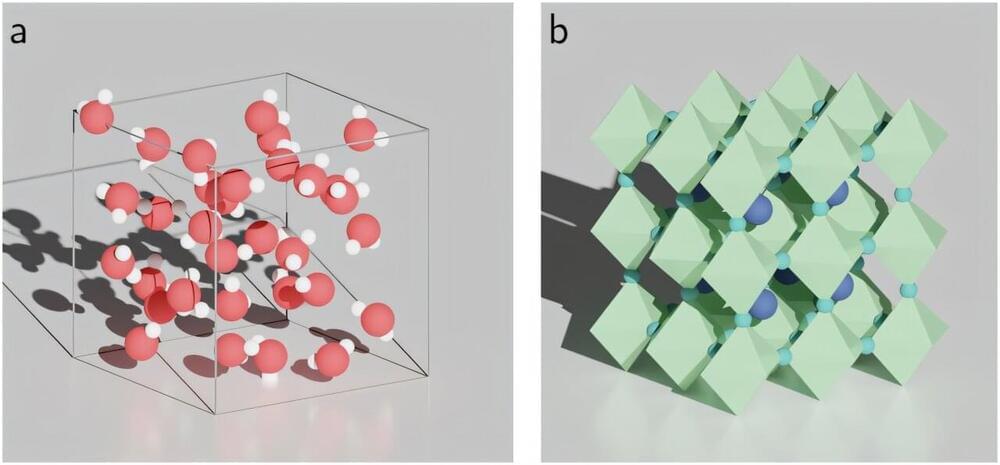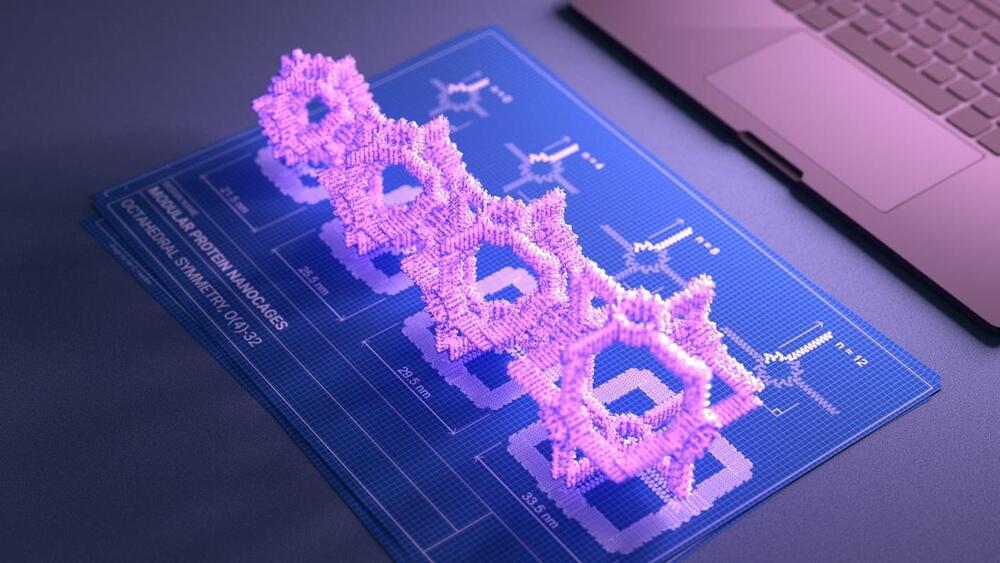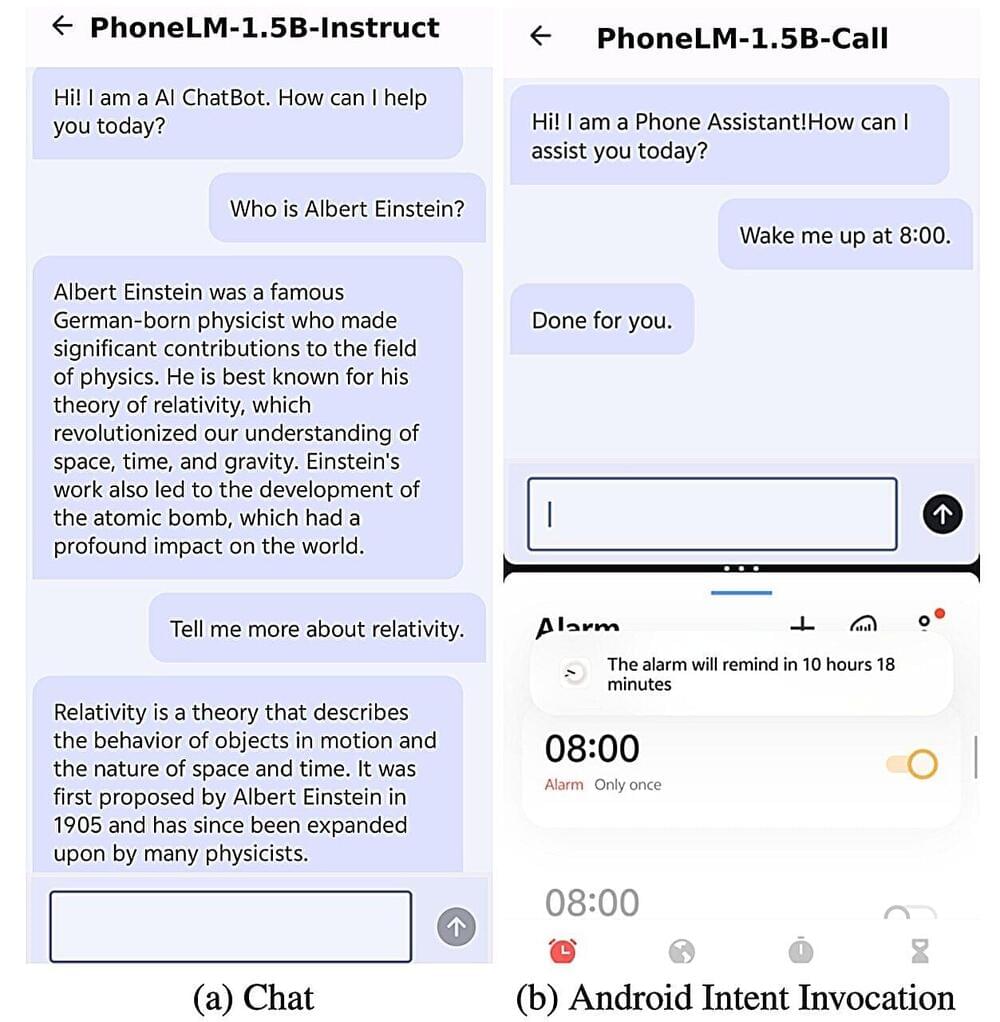Anyone who has dealt with ants in the kitchen knows that ants are highly social creatures; it’s rare to see one alone. Humans are social creatures too, even if some of us enjoy solitude. Ants and humans are also the only creatures in nature that consistently cooperate while transporting large loads that greatly exceed their own dimensions.
Prof. Ofer Feinerman and his team at the Weizmann Institute of Science have used this shared trait to conduct a fascinating evolutionary competition that asks the question: Who will be better at maneuvering a large load through a maze? The surprising results, published in the Proceedings of the National Academy of Sciences, shed new light on group decision making, as well as on the pros and cons of cooperation versus going it alone.
To enable a comparison between two such disparate species, the research team led by Tabea Dreyer created a real-life version of the “piano movers puzzle,” a classical computational problem from the fields of motion planning and robotics that deals with possible ways of moving an unusually shaped object—say, a piano—from point A to point B in a complex environment.






